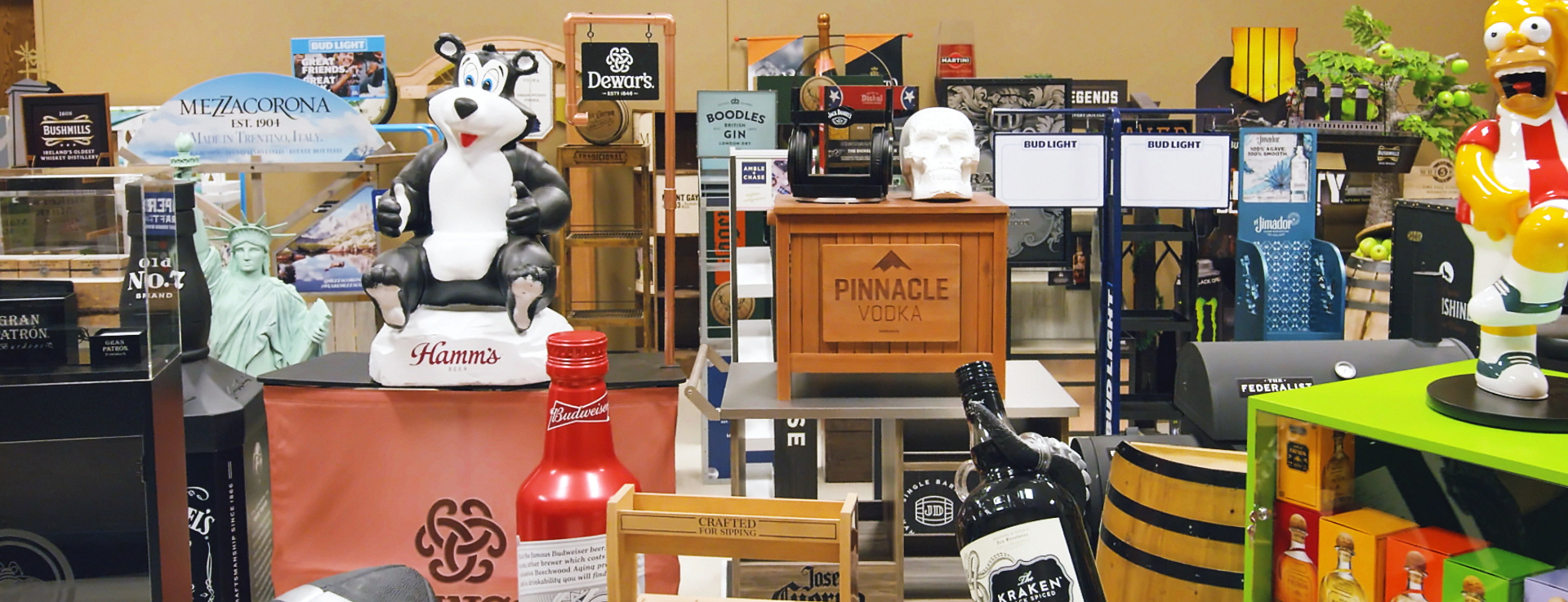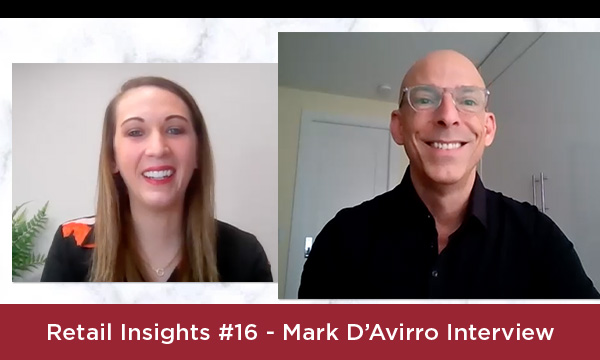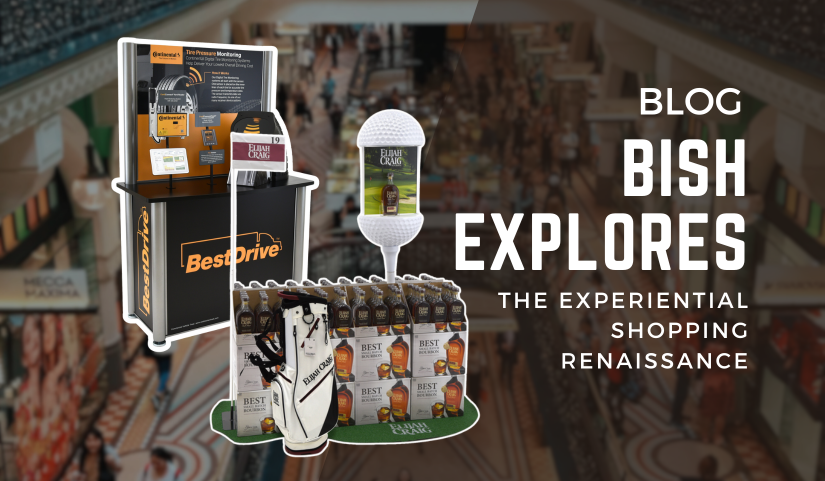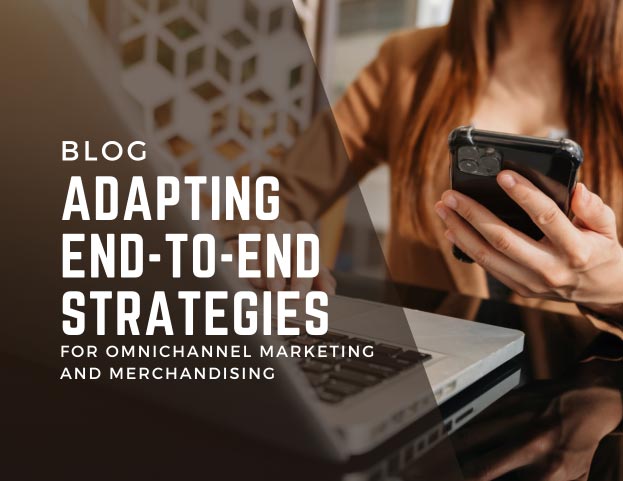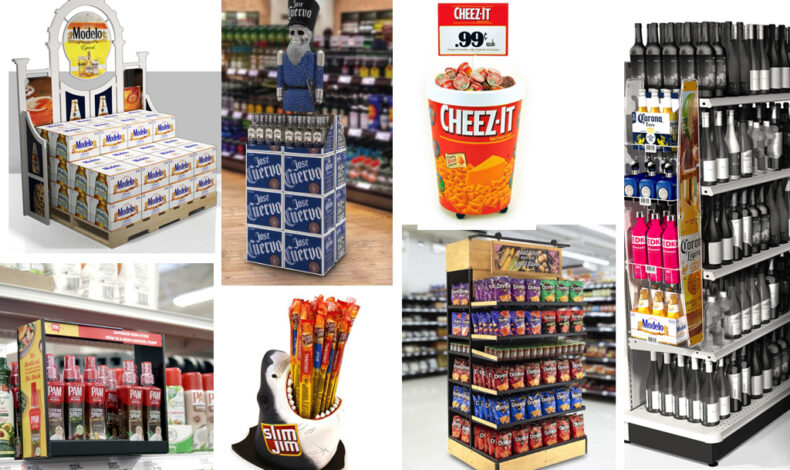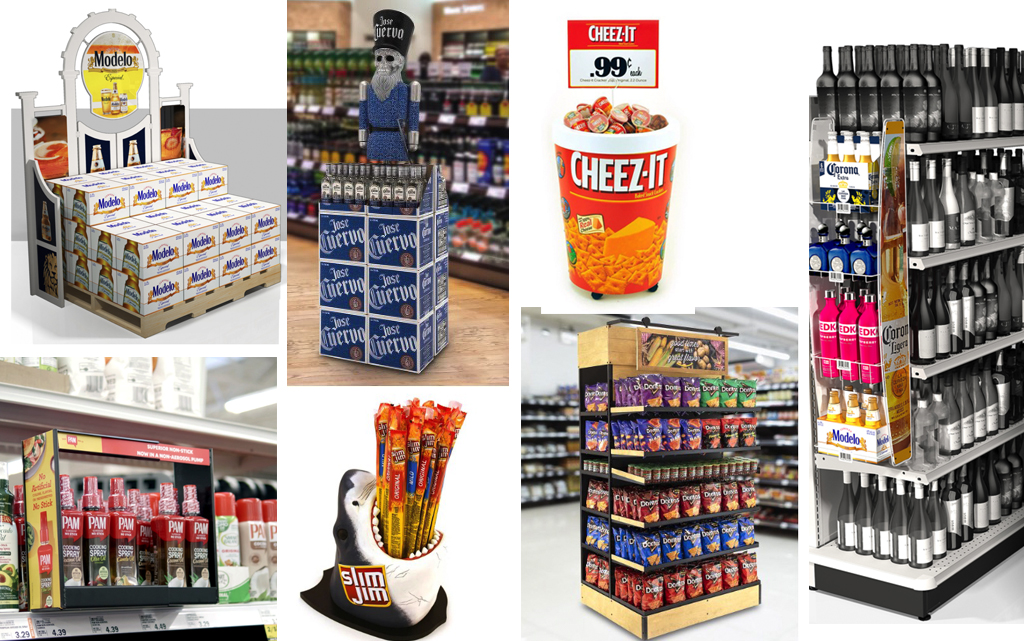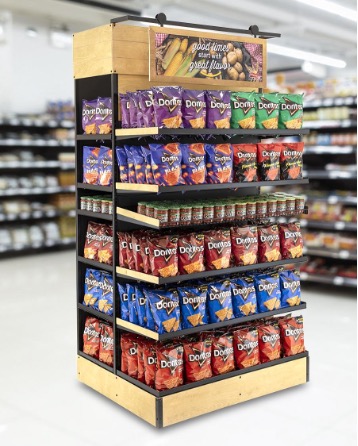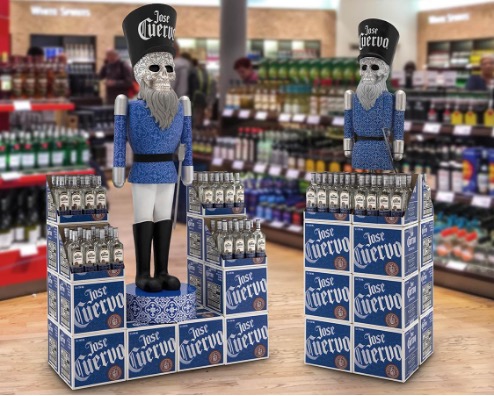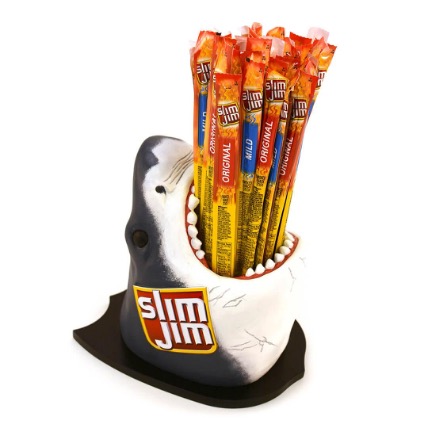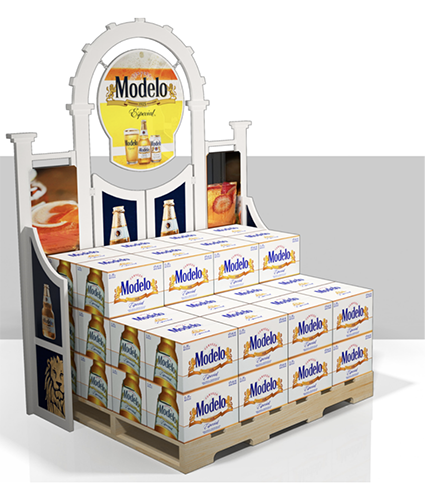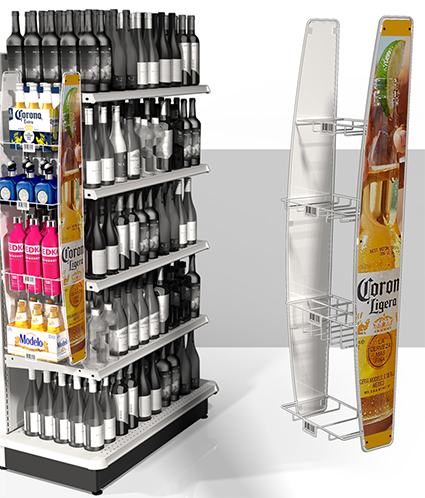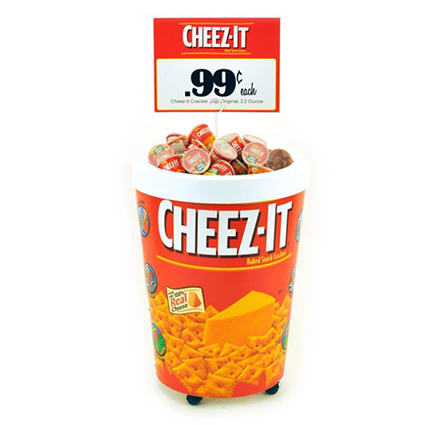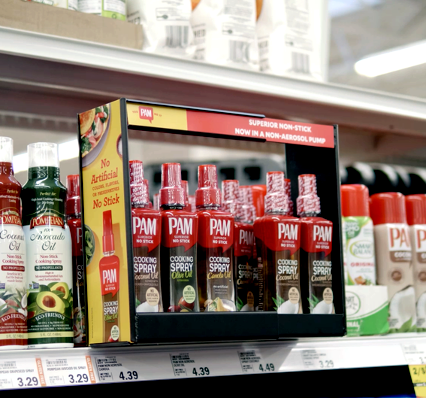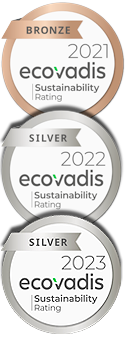Please enjoy our 16th Retail Insights video!
In this video, Jacquelyn Staples, Associate Marketing Manager of Bish Creative and Mark D’Avirro, VP of Sales for Coty Luxury talk about the ever-changing retail environment.
This month’s topic is The Ever-changing Retail Environment
Thanks for watching!
Listen to full length interview
Retail Insights #16 The Ever-Changing Retail Environment transcription
Jacquelyn:
Thank you Mark, for joining us at Bish on one of our insights videos here. While we wish we could do this in person and visit you in lovely Fort Lauderdale, it’s still a fantastic to see you, and thank you so much.
Mark:
Thank you, Jacque and everyone at Bish for inviting me. My name is Mark D’Avirro. I’m the vice president of sales for Coty Luxury, and I lead the field team for department store and luxury department stores. I’ve been at Coty for the past four years now, but I’ve been in the beauty and fragrance industry now 34 years. It truly is the only career that I know, and it’s one that I love, deeply, and I’m super passionate about, and it’s been good to me.
Jacquelyn:
Given your large experience and everything, the greatest change, in the last 12-18 months, what do you believe are some of the most important reflections from that time?
Mark:
There’s two things that really stand out to me from 2020, especially. Don’t ever underestimate the power of fragrance. Scent is the new touch in many ways, and when so many people felt confined or isolated, they were in quarantine, or lockdown and really in a very closed environment of their home or their apartment. Fragrance offered them the opportunity to feel comfort, to escape to the beach, or to the mountains. If people weren’t able to be in touch with their moms, or dads, or close family members, one spritz could take you and transport you to that moment that you treasured or remembered with a family member or on a vacation that you were. So, it’s no surprise that fragrance has really been the shining star of the pandemic in many ways when you look at retail.
Mark:
So, it’s been exciting to see that happen. What’s also been amazing to see, is the digital experience that consumers now are able to engage in and that they have. In 2020, I got hooked on TikTok, and what I found was, it wasn’t just a place to go and record dance videos. It’s now become a major platform for so many companies to engage with the most desired consumer, which is the gen Z and the millennials. They have such an amazing influence on products, and what they desire, and what they want. And on TikTok, 50% of those that are on the TikTok platform are 34 and under. It has been a incredible platform for companies to advertise, engage with consumer, and it really rose to center stage, over the past year, as one of the most desired platforms for advertising and engagement.
Jacquelyn:
I agree it really has totally expanded. And one of the only ways to really reach some of those younger generations as well, that only know how to shop that way, and are completely immersed in that. Going back to your comment around the scent memories and the things that are brought up when you just realize, you’re like, “Oh, I’ve totally forgotten about that. And that was such a great experience” or, “Oh, that sounds like my grandmother and I miss her.”
Mark:
Yep. Fragrance is all about feelings, and emotions, and moods. With just a spritz or a spray of something that you enjoy wearing, it can really change your mood. It can lighten up the mood, you can wear something lighter, something a little richer, depending on how you’re feeling. It really is amazing how fragrance can really transport you and really change a feeling or enhance a feeling that you already have.
Jacquelyn:
Going back to this social, digital, one of the new buzz words, phygital, omni-channel types of marketing. How do you see this continuing to change, now, as we’re coming out of that pandemic?
Mark:
I think what I’ve seen with the pandemic, I think what we’ve all seen, is the customers looking for alternative ways to shop. They want to be able to choose how they shop, and what we’ve seen happened last year is so many different options were offered to the consumer almost forced. We saw the e-comm business and the dot com business really advance due to COVID. It was headed in that direction over the next few years, you would have seen the increased penetration of shoppers that go to those e-commerce sites, but COVID forced a fast track, in a sense. Now you’ve got a lot of people that maybe had not been familiar with shopping online that had no other choice, because stores were closed. Now they’ve engaged in that experience. Now they add that to their menu of how they shop.
Mark:
Also, curbside, right? Curbside shopping. It’s been out there for some time, in some retailers, not everyone had engaged in that kind of shopping experience, but now every retailer is offering curbside shopping. Same day delivery! With just one click, you can have the product that you’re looking for in just a few hours.
Mark:
I think it’s all going to be about options, and a menu of options, and being able to kind of curate for yourself, how you shop. For me, I like a combination. I like them all. I shop online. I love shopping in store because I still believe, and we still see, that there is a need for a human connection, and that only an in store experience can offer that. That consumer, who still wants to go in store and experience a human connection and touch and feel, that’s still going to be part of our shopping experience going forward. But you’re going to see a lot of different things come up on digital. I even read somewhere recently, artificial intelligence, like an AI experience. I think that there’s so many options that so many companies are looking into, that you’re going to start to see come forward over the next three to five years.
Jacquelyn:
Yes. It is exciting and wonderful to see how adaptive the market has been. I went shopping this weekend and absolutely it was like, “Oh, I totally missed this.” You can’t get the full experience. You can’t smell something over the internet. You don’t have the expertise with all the options. You need somebody sometimes to just help you narrow down some details.
Mark:
What we found is once stores have started to reopen, they were welcoming, they were safe environments, and the consumer went on buying trips. It was different. He or she didn’t go to the mall or go to a store in a sense to go shopping. They went to go buying. That’s really a lot of what we’re seeing right now is that consumer who is there, their intent is to buy. They walk in with lists, and they walk in with products in mind, and they want to be able to go in, have that experience, and leave with those products. So, it’s been really exciting to see, and the business has been robust, especially in fragrance, also in home, and you’re also seeing it in fine jewelry as well.
Jacquelyn:
How do you think merchandising in-store will now change and be effected by how these buyers are now in the stores versus shoppers?
Mark:
I think that it’s all about surprising and delighting the consumer. Any way that you can merchandise, especially when I think about beauty, because that’s where my expertise is. It’s in the beauty and fragrance arena, and it’s really all about getting the customer’s attention and luring them over toward your counter, or towards your product. You want to do things that are surprising, that are delightful, that are engaging. And it’s all about basics and fragrance. The tester needs to be there, but it’s also about new innovation. We’ve seen some, some different ways where the customer now can experience the scent, maybe from a sticker that we hand to them, or from a diffuser that is disguised in the way of a tester unit of some sort.
Mark:
There’s been a number of different innovations that we’re starting to see, but it’s all about grabbing their attention when they walk in that door and luring them over with something that is really engaging, and bright, and playful. That’s what I think. That is really things that we’re starting to see, and that we’ve always wanted to do. So, no surprise, nothing different in a sense, but just how do you do it bigger, better, faster.
Jacquelyn:
Yeah. I definitely have seen the experience has changed a lot now out in the world shopping, and I think that’ll continue to grow and just be even more exciting and inviting for those buyers versus those shoppers. What do you personally want to see as some of these next level opportunities in store?
Mark:
The next level opportunity is how do we up our game on the client experience? How do you entertain, in a sense. I like to think of ourselves in the beauty and fragrance industry as entertainers. In many ways the customer, when they come in, they want a bit of a show, and they want to be entertained, and they want to have that feeling, and they also want expertise, right? So, we’ve got to up our game on our knowledge of everything that’s going on in the world and in the industry that might impact that conversation that takes place between a sales associate and a consumer. Knowledge and education is still powerful. I’m seeing a lot of investment out there happening on education. I think the customer also is going to be looking again for a virtual experience, as well as an in-store experience.
Mark:
When you start to come out of COVID, I don’t see the virtual experience going away. That’s now been introduced to the customer. So, how do we up our game on what that looks like, so that when a customer doesn’t want to go to a store and they want to engage in a virtual event or a virtual education experience, whether it be on a retailers platform or whether it be via Instagram or Facebook live, whatever. How does that get leveled up? Because that has now been introduced, and there’s no way, once you introduce something, no one wants you to take your toys away, right? So, now we’re playing with that toy along with all of our other toys and we can’t take it away, we’ve got to improve it.
Jacquelyn:
Can you share with us a retail experience that you really enjoyed? Why and how you take that back to your own every day.
Mark:
There’s one that comes top of mind and it was recent over the past few years. I am always been a big box shopper. I love department store. I love shopping in those specialty department stores, but over the past few years, I’ve discovered the smaller footprint. These more boutique shops, and there’s one that’s close to where I live, it’s called State and Liberty. It’s a men’s, I think they only do men’s right now, men’s clothing store, and they specialize in a certain fit. I’ve been shopping with them now, really religiously in a sense, because of the experience I had when I walked into their store here in Fort Lauderdale. First of all they put a… In Florida you can do this because the weather is warm, they have a mannequin out front dressed with one of their shirts that says, “Touch me, feel me.”
Mark:
It’s all about touching that product before you even walk in the store. Once you walk in, the knowledge that the sales person had in explaining why that product feels that way, why it’s constructed that way, immediately helped me understand what their products were all about. And then taking it to the next level of, I can create something that is custom fit for you. What you see there, if you try it on and you want it tweaked, we can do that for you. This is all about you getting what you want, not us telling you what you should have. That just blew me away. That was the game changer for me. Like, “Wow, I can come here. I can shop. And I can almost tweak the product to feel right for me.”
Mark:
So, that was amazing, and it just was an experience of let me show you, but let me stand back while you also experience it yourself. For me that as the best shopping experience. The shopping experience for me, that is ultimate is: I get a ‘hello’ when I walk in the door, I get some knowledge upfront. I’m allowed to then on my own shop, and experience, and ask questions, and at the end, I get a ‘thank you’ as I leave. Then how about an email or a phone call that comes three or four days later, that’s just checking in with me? I love all that. And that to me, I think is the ultimate shopping experience. Large businesses, the department stores, they do an amazing job as well. I’m not discounting that, the experience I get there is incredible, but sometimes I want more of an intimate one-on-one experience and a lot these smaller boutique shops are able to offer that. And I’ve had some really great experiences out there.
Jacquelyn:
The market was kind of very stagnant up until COVID and then rapidly changed and advanced. How do you think they’re going to keep that momentum of being able to adapt more easily and continue this as they see these things changing without such a massive requirement for it to change?
Mark:
Right. I think first of all, the consumer is going to guide us. They’re going to tell us what they want and start to show that. And as a trend starts, it’s going to be important that retailers and companies that produce products and distribute, are keen on those early signs of what a consumer is looking for. Whether it’s in a product or whether it’s an experience, and then be able to be ready for when that really takes hold. I think what we’ve all learned is we’ve got to be able to pivot quickly. So COVID, which was such a, to your point, it put us up against the wall and advanced things. But I think now, what I think we’ve learned is, we’ve got to be ready for even those smaller moments of change that can really turn into monumental change.
Mark:
I think that what’s going to be interesting to see, also, is as things open up and consumers go back to experiences; dining out, vacations, which could now change where people spend their money. It’s so important that the experience that the consumer has gotten now during COVID, that that evolves and continues. It’s got to be welcoming, it’s got to be comfortable, it’s got to still be safe, and it’s got to be able to again, be surprising and delightful. There’s no reason why experience shopping, which was always geared towards trips, and vacations, and dining. Experience shopping also applies to what happens in department store. It’s all about making sure that that experience continues, and stays there, and also evolves based on what the customer’s telling us that he or she wants.
Jacquelyn:
Yes. I’m excited to continue to see these changes as I’m shopping, because I feel like it’s opened a whole new door for retail and merchandising. Before, where there were limitations, now it’s completely open. I think it’s a very exciting time for retail. So-
Mark:
Well, what started out as a retail apocalypse when COVID happened, has now turned into, I think, a very exciting time for retail. It was an opportunity for so many companies to kind of reset and almost rethink, what does the experience look like, and have the customer tell us what experience they want. I’m so optimistic about the future of retail and all that it has to offer, and couldn’t be more thrilled with how things are evolving and how COVID fast tracked that. Let’s continue to move forward and see how the experience is going to be surprising for us.
Jacquelyn:
If there was any other closing remarks or anything else you wanted to end with, let us know.
Mark:
My closing remarks are, “Go shopping! Get out there and have the experience! Get what you want from your retailers and just have fun doing it!”

